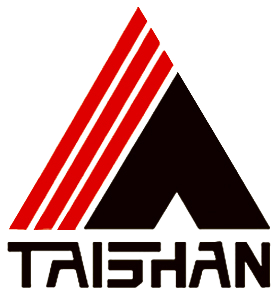Biomass Fuel CFB Boiler is a kind of biomass boiler adopting CFB technology. It features wide fuel adaptability and high operation reliability, and is suitable for burning wide range of solid biomass fuels.
Design parameters of Existing Biomass Fuel CFB Boiler
Rated capacity: 75t/h
Superheated steam pressure: 5.3MPa
Superheated steam temperature: 485C
Feed water temperature: 150C
Flue gas temperature: 138C
Design efficiency: 89.37%
However, actual operating fuel has higher moisture content, lower heating value, and lower ash melting point. Actual evaporation capacity is only 65% of the design value and fails to reach the design value. In addition, the economizer has severe ash deposition, so continuous operation period is short. Thus, we decide to make renovation on the existing 75t/h biomass CFB boiler.
Biomass Fuel CFB Boiler Heat Balance Calculation
|
No. |
Item |
Unit |
Value |
|
1 |
Capacity |
t/h |
60 |
|
2 |
Steam pressure |
MPa |
5.3 |
|
3 |
Saturated steam temperature |
℃ |
274 |
|
4 |
Superheated steam temperature |
℃ |
485 |
|
5 |
Feed water temperature |
℃ |
150 |
|
6 |
Boiler blowdown rate |
% |
2 |
|
7 |
Cold air temperature |
℃ |
20 |
|
8 |
Primary air temperature |
℃ |
187 |
|
9 |
Secondary air temperature |
℃ |
184 |
|
10 |
Flue gas temperature |
℃ |
148 |
|
11 |
Fly ash concentration at boiler outlet |
g/Nm3 |
1.9 |
|
12 |
SO2 |
mg/Nm3 |
86.5 |
|
13 |
NOx |
mg/Nm3 |
135 |
|
14 |
H2O |
% |
20.56 |
|
15 |
Oxygen content |
% |
7 |
Specific Renovation Plan for Biomass Fuel CFB Boiler
1. Adjust the heating surface of furnace. Change the original panel superheater to water-cooled panel, increase the furnace evaporation heating surface, control furnace outlet temperature. Increase the evaporation capacity from 50t/h to 60t/h, and adjust the riser and downcomer accordingly.
2. Adjust the superheater. Add a screen type superheater, and original medium temperature superheater is changed to high temperature superheater.
3. Adjust the rear water wall. Replace the outlet row of rear water wall and enlarge the outlet flue duct.
4. Adjust the separator. Expand the outside of inlet.
5. Adjust the economizer. Increase the economizer tube pitch to reduce ash accumulation, and add two groups of economizers to supplement reduced area.
6. Adjust the air preheater. Increase air preheater from three groups to four groups to increase the hot air temperature. Last-class air preheater adopts glass lining pipe to prevent low temperature corrosion.
7. Adjust the steel frame. Add columns and beams, and adjust the position of beam on other column accordingly.
8. Adjust the platform. Extend part of the platform to Z5 column to ensure air preheater maintenance. Widen the platform at superheater to arrange soot blower, and add the platform for secondary air duct adjustment.
9. Adjust the secondary air. Add a layer of secondary air to ensure sufficient combustion of fuel.
10. Adjust the protection plate. Add the new economizer flue duct protection plate.
11. Adjust the seal. Reproduce the seal at the wall feed-through of screen superheater and economizer.
12. Rearrange the soot blower according to the adjusted rear heating surface.
13. Adjust the feed water operating platform. Add a de-superheating water pipeline.
Post time: Apr-20-2021



